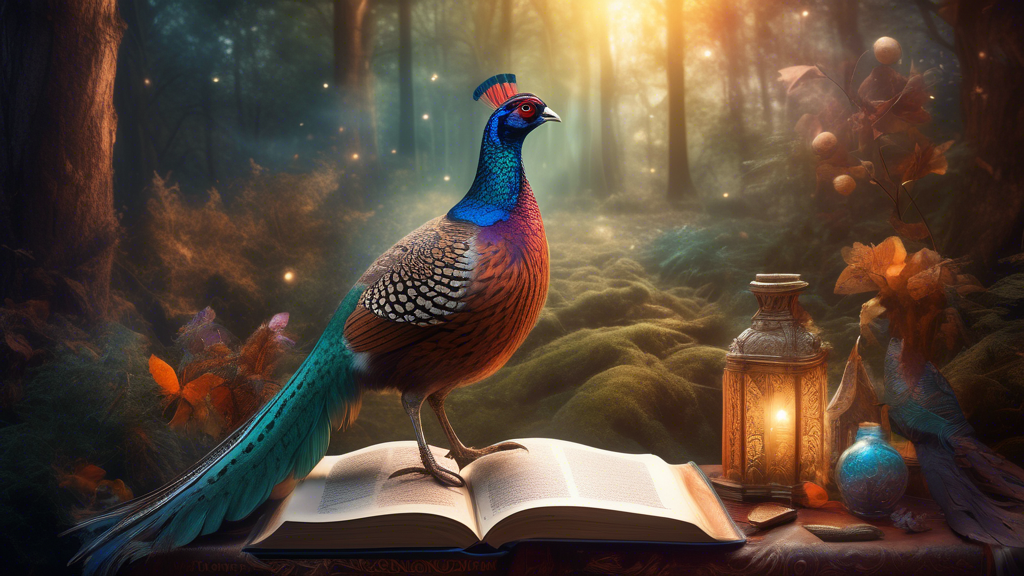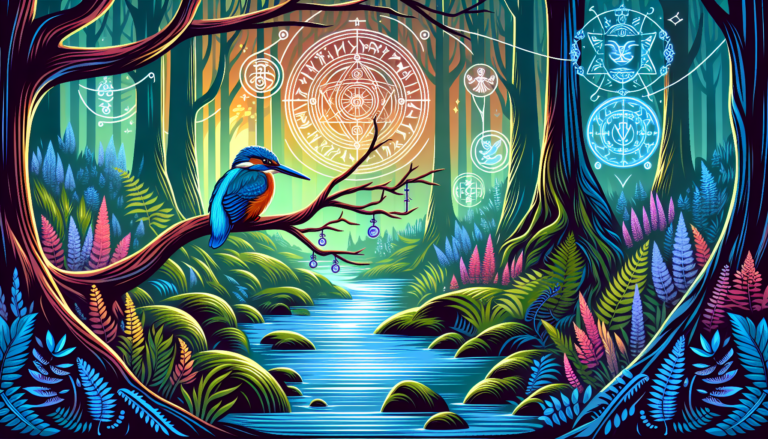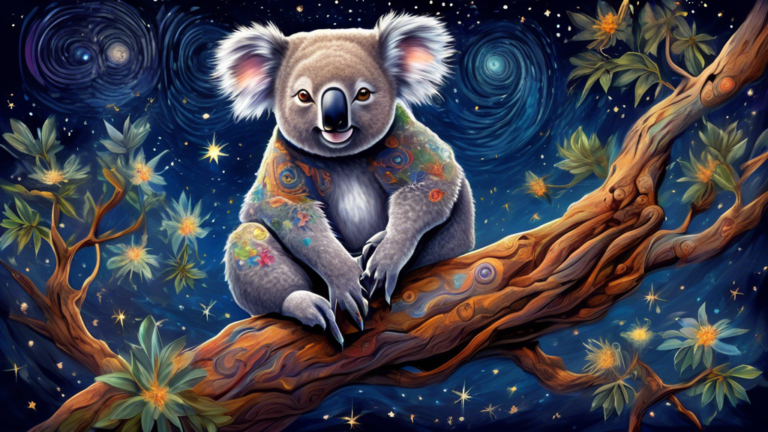Exploring the Symbolic Meaning of Pheasants
Understanding the Symbolic Significance of Pheasants
Pheasants are not only known for their vibrant feathers and striking appearance but also hold a myriad of symbolic meanings across different cultures and historical contexts. The bird is often celebrated in art, folklore, and literature, which speaks to its enduring appeal and symbolic power.
Cultural Symbolism of Pheasants
In many cultures, pheasants are associated with nobility and refinement. Their radiant plumage and regal bearing make them a natural emblem of status and beauty. For example, in ancient Rome, pheasants were kept in the gardens of the elite, parading as symbols of opulence and luxury.
In Asian cultures, particularly in China and Japan, the pheasant holds significant cultural and symbolic meaning. In Chinese mythology, the pheasant is often seen alongside the phoenix, symbolizing nobility and beauty. It is also featured prominently in many paintings and artworks, symbolizing good fortune and prosperity. The bird’s likeness is often used in decorative arts, from screen paintings to embroidered textiles, each depicting the pheasant in naturalistic settings that highlight its beauty and grace.
Spiritual and Mythological Meanings
The pheasant can be found in various mythologies where it often symbolizes transformation and creativity. This is partly due, no doubt, to the male pheasant’s ability to transform itself during courtship displays, where it reveals an unexpected and striking coloration and tail feather spread that is used to attract mates.
In Native American lore, the pheasant represents protection and concealment because it utilizes tall grasses and dense undergrowth for shelter. Some tribes used pheasant feathers in ceremonial dresses and headgear, imbuing the attire with the bird’s symbolic qualities of beauty and protection.
The Pheasant as a Symbol in Literature and Poetry
Throughout literary works and poems, pheasants are often depicted as characters that embody freedom and the unpredictable spirit of nature. For instance, in Western literature, the sight of a pheasant taking flight can symbolize an abrupt or startling revelation, a metaphor for thoughts or ideas bursting forth into consciousness.Pheasants also appear significantly in poetry. British and Irish poets have often used the imagery of the pheasant in the undergrowth to symbolize a connection to the earth and the cycles of life and death. The bird’s sudden call or eruptive flight might be used to convey moments of epiphany or emotional transformation.
Ecological and Conservation Perspectives
From an ecological perspective, pheasants symbolize the health and balance of certain habitats they reside in. This is particularly true in areas where pheasants are native, and their presence indicates a healthy and undisturbed ecosystem. However, in some regions, pheasants have also been introduced for game purposes, leading to complex conversations about biodiversity and conservation ethics.
Conservation efforts often focus on habitat management to ensure the survival of native pheasant populations, turning the bird into a symbol of ecological preservation and human responsibility towards nature.
Conclusion
The symbolic meaning of pheasants is as varied and colorful as the bird’s own feathers. From representing high status and natural beauty to symbolizing creativity and the wild spirit of nature, pheasants carry profound meanings that resonate across different societies. As we continue to explore the symbolic significance of animals in our world, the pheasant stands as a reminder of the richness that nature holds, both in aesthetic beauty and cultural significance.
The Symbolic Meaning of Rhinos: Ancient Representations and Modern Associations







